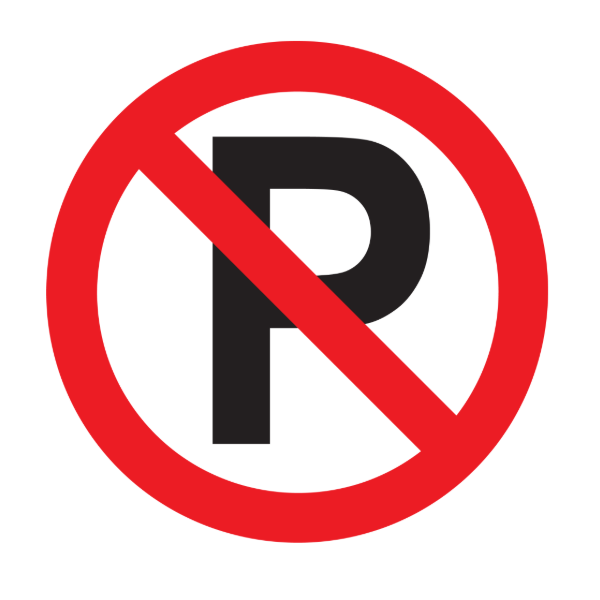Lead in Drinking Water
Naturally occurring lead in water supplies is very low but elevated levels can come from lead in solder, service connections, or pipes and fixtures in the home, especially in older plumbing installations. Lead is more likely to be found in hot water from the tap, especially if the water has been standing in the pipes for a number of hours.
On March 8, 2019, Health Canada released revised guidelines, significantly reducing the maximum allowable concentration of lead in drinking water from 0.01 mg/L to 0.005 mg/L. This reduction makes Canada’s guideline value for lead in drinking water one of the lowest in the world. For Municipal drinking water systems in Ontario, like the Kemptville Drinking Water System, the maximum allowable concentration of lead under the Safe Drinking Water Act continues to be 0.01 mg/L.

Door-to-Door Sales and Water Testing
The Municipality does not conduct door-to-door sales of any kind and does not sell, market or endorse any products. This includes companies offering health-based tests on Kemptville’s drinking water quality.
Other FAQs
You may not have water for a number of reasons such as a water main break, a street valve having been closed, internal plumbing (your main valve may be closed), frozen water line or meter or non-payment of your water bill. If you require further information, please contact the Water & Wastewater Division by


